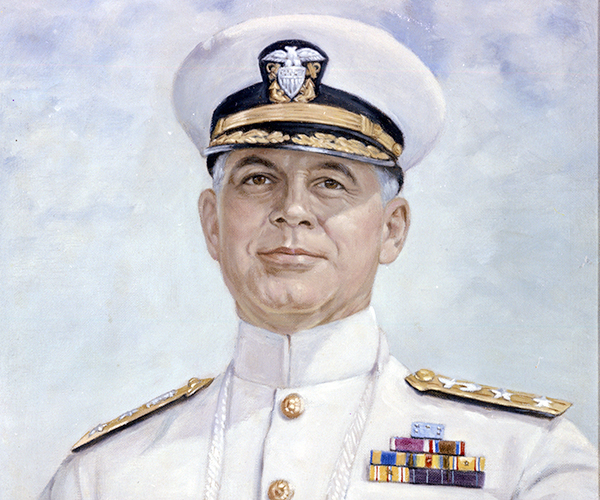The boom echoed for miles, shattering six windows at the Cleveland Museum of Art. On March 24, sometime around midnight, an unknown assailant tucked a bomb underneath the feet of Rodin’s The Thinker. The statue was perched where it had been since 1917, overlooking Wade Oval. The bomber scrawled a partially legible message on the pedestal: perhaps “Off the,” then “ruling class.” The blast flung the statue to the ground, a figure in repose, deposed.
Police made no arrests, but suspected the Weathermen radicals, who’d formed a cell at Case Western Reserve University. The militant group protested here in 1969 and had recently spearheaded a spate of national bombings. Eighteen days before, three Weathermen accidentally immolated themselves in a New York townhouse.
“Was [the Rodin bombing] a sign of solidarity and a signal that the bombing campaign would continue?” writes CMA senior curator of modern art William Robinson and doctoral fellow Julie Dansereau-Tackett in the program for Rodin — 100 Years, a retrospective on display until May 13. In 2017, someone contacted the museum claiming to know the bomber’s identity. But CMA couldn’t corroborate the story, so the perpetrator remains, like the Thinker himself, a gestural enigma.
“No one can pass the shattered green man without asking himself what it tells us about the violent climate of the U.S.A. in 1970,” said then-museum director Sherman Lee. “It is more than just a work of art now.”




